"Plant Dye"
A "do it yourself" project conducted with your child. The idea is to let him/her discover our rich plant world, using all the small things that we keep in our cupboards.
The Making of a plant dye
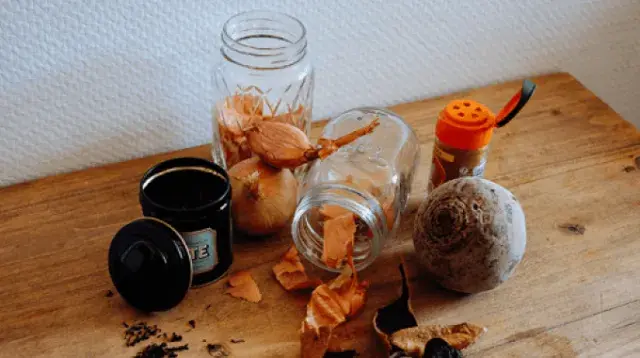
The Making of a plant dye
- glass jars (or other containers)
- fabric (cotton or linen)
- peelings from onions, shallots or beet
- avocado skin
- curry or turmeric
- tea
The project is completed with what you have at home. You can work on it every day and you can even use recovered food waste.
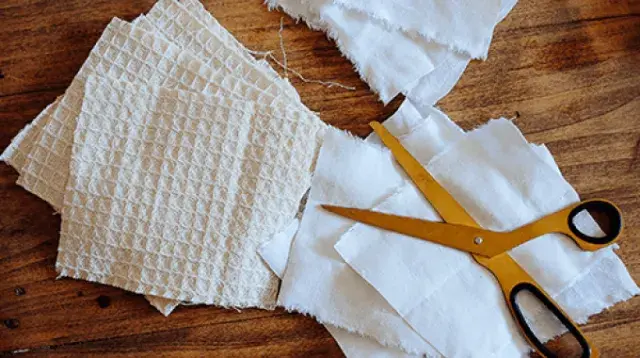
Cut small squarish fabric coupons (here 10 x 10 cm).
Try to use cotton or linen. They are the best materials for dye absorption. Don’t use synthetic materials, they will not work.
In our case we used an old bed sheet as raw material.
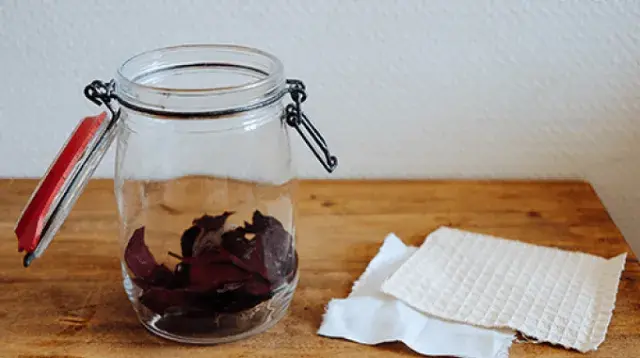
Let’s start with beets
Collect raw beet peelings and put them in an empty jar.
(You may also use beet juice recovered from vacuum packed beets).
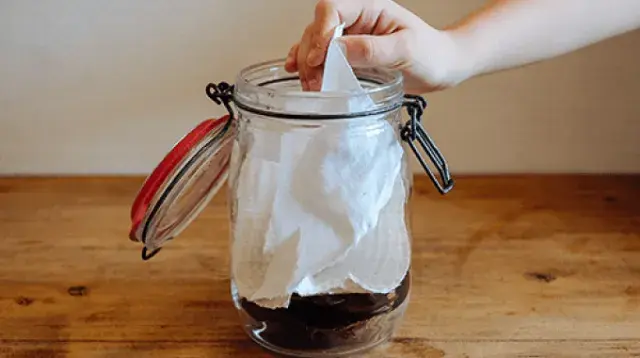
Place the fabric coupons in the jar.
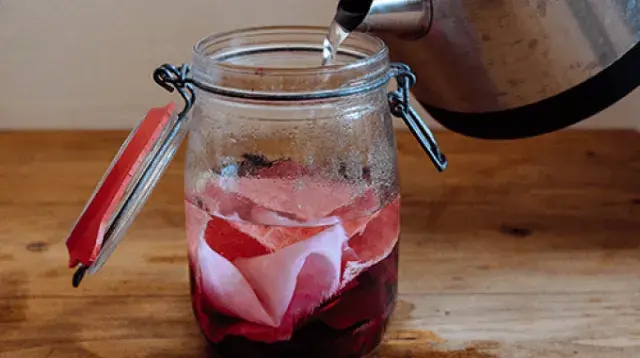
Pour very hot water in the jar.
Be careful. This part of the project may be completed - or not - by the child, depending on his age, but always under adult supervision.
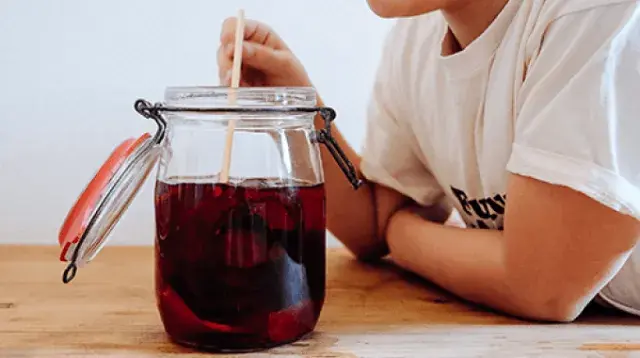
It is not necessary to stir… but if it's what the children want, we let them do it!!
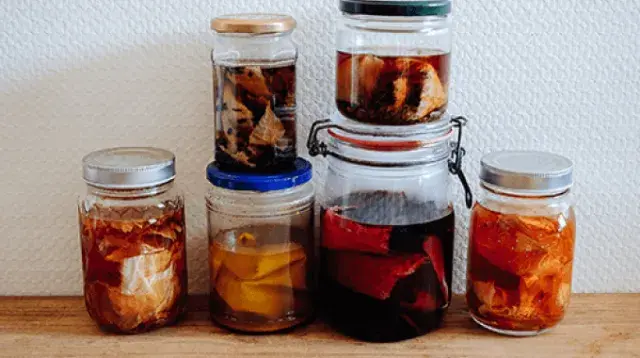
Close the jar and let the content macerate overnight.
Repeat that with the other ingredients.

About Avocado skin.
We advise you to let it dry and then crush it into small chips or even powder before using it. It will increase its dyeing strength.
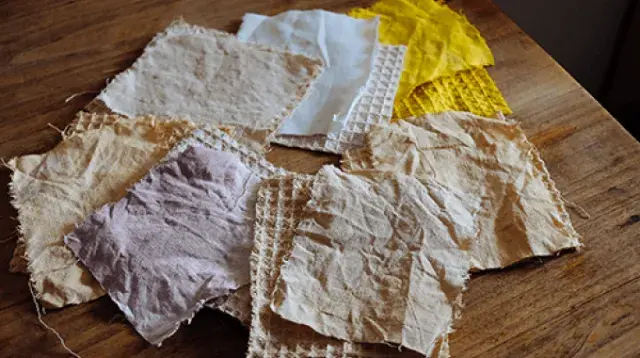
The next day, coupons should be lightly rinsed with water to remove the residue.
Don’t over-rinse them otherwise they will lose their color.
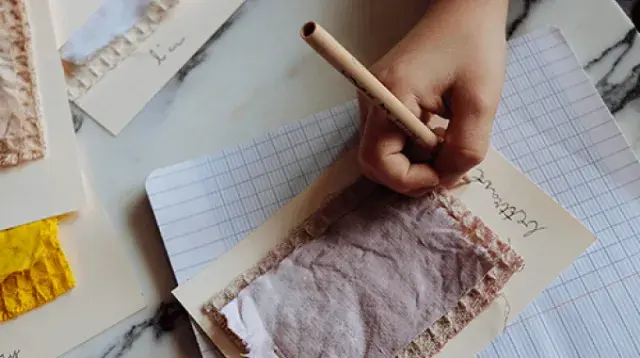
Let the coupons dry and then you can do whatever you want!
Avoid uses requiring frequent washing of the fabric because the dye is not "fixed», and the color may be washed out.
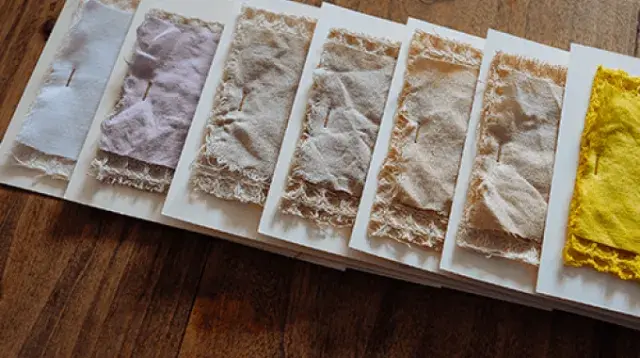
We decided to use the coupons to create a range of fabric swatches on small cards.
That means stapling the coupons on cardboard cards on which you write the name of the dye.
You can also make a dyed coupon display, frame it and hang it on a wall, or you can stitch them together to make a patchwork cushion cover, or use them to make a pretty cross-stitch embroidery.
Article DIY written and created by ©Morganours
An age-old craft ...
Dyeing is an age-old craft that goes back to the first civilizations that appeared on the Earth at the end of the Neolithic period.
It was always the favored use of organic pigments. From Antique times to the Middle Ages dyeing was a major craft. The pink printed cottons of Tabaristan offered by the Vizier Amir Mahmùd (11th Century) were considered royal gifts, alongside jewelry and precious stones.
